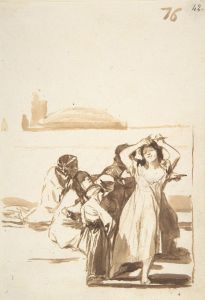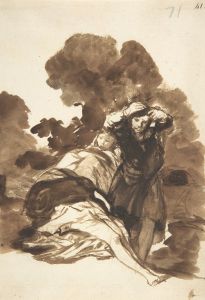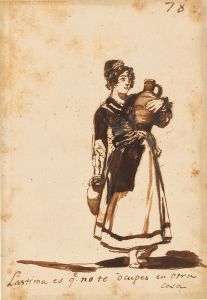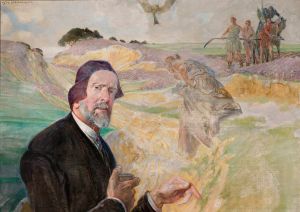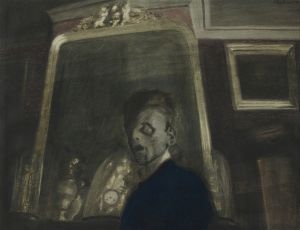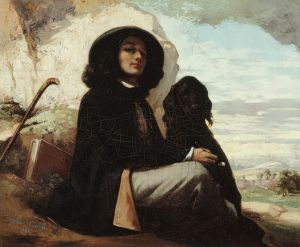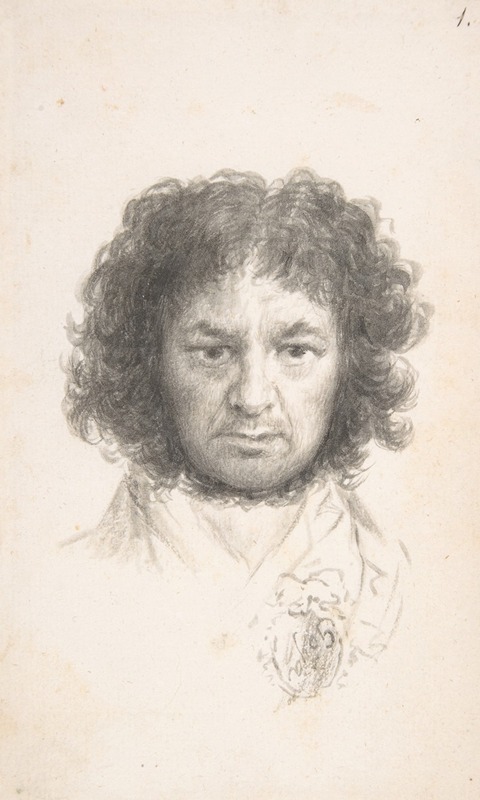
Self-portrait
A hand-painted replica of Francisco de Goya’s masterpiece Self-portrait, meticulously crafted by professional artists to capture the true essence of the original. Each piece is created with museum-quality canvas and rare mineral pigments, carefully painted by experienced artists with delicate brushstrokes and rich, layered colors to perfectly recreate the texture of the original artwork. Unlike machine-printed reproductions, this hand-painted version brings the painting to life, infused with the artist’s emotions and skill in every stroke. Whether for personal collection or home decoration, it instantly elevates the artistic atmosphere of any space.
Francisco de Goya, one of Spain's most renowned painters, is celebrated for his profound impact on the art world during the late 18th and early 19th centuries. Among his extensive body of work, Goya's self-portraits hold a special place, offering insight into his personal life and artistic evolution. One such self-portrait, created around 1815, is a significant piece that reflects both his technical skill and the emotional depth of his later years.
This self-portrait, painted in oil on canvas, is housed in the Real Academia de Bellas Artes de San Fernando in Madrid, Spain. It is a compelling representation of Goya during a tumultuous period in his life. By 1815, Goya had already experienced considerable personal and professional challenges, including a severe illness that left him deaf in the 1790s. This period also coincided with the political upheaval in Spain, including the Peninsular War and the subsequent restoration of the monarchy, events that deeply influenced his work.
In the self-portrait, Goya presents himself with a direct and penetrating gaze, a characteristic feature of his self-representations. The painting captures the artist in a bust-length format, focusing on his facial features and expression. Goya's use of light and shadow is masterful, highlighting the contours of his face and the intensity of his eyes. The background is typically dark and subdued, a common technique he employed to draw attention to the subject's face.
Goya's attire in the portrait is simple and unadorned, reflecting perhaps a personal preference or the somber mood of the era. His expression is often interpreted as introspective and somber, possibly indicative of his personal struggles and the broader societal issues of his time. This self-portrait is not just a depiction of his physical appearance but also an exploration of his inner world, marked by resilience and introspection.
The significance of this self-portrait lies in its ability to convey Goya's complex personality and the depth of his experiences. It serves as a testament to his enduring legacy as an artist who was unafraid to confront the realities of his life and times. Through this work, Goya continues to communicate with viewers, offering a glimpse into the mind of a man who witnessed and documented the profound changes of his era.
Goya's self-portraits, including this one, are invaluable for understanding his artistic journey and the historical context in which he lived. They provide a personal narrative that complements his broader oeuvre, which includes famous series such as "Los Caprichos" and "The Disasters of War." These works collectively highlight his innovative approach to art and his willingness to push the boundaries of traditional portraiture.
In summary, Francisco de Goya's self-portrait from around 1815 is a poignant reflection of the artist's life and times. It captures the essence of a man who was both a witness to and a commentator on the dramatic events of his day. Through his self-portraits, Goya not only documented his own visage but also left a lasting impression on the world of art, influencing generations of artists who followed.





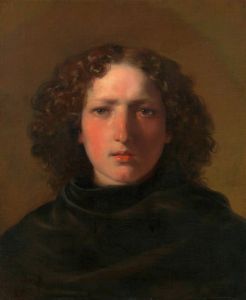
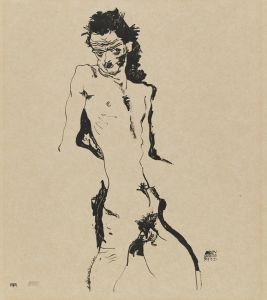
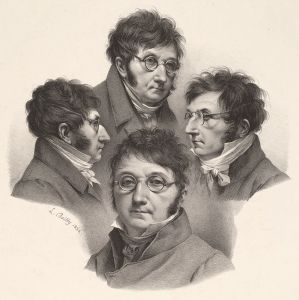
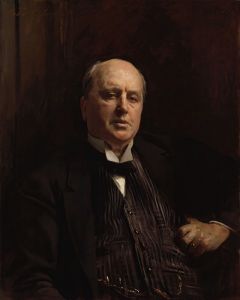
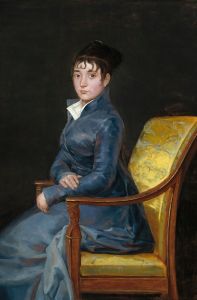
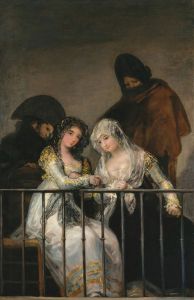

![A Woman and a Horse, Let Someone Else Master Them [The Horse-Abductor]](/imgs/264582/s/francisco-de-goya-a-woman-and-a-horse-let-someone-else-master-them-the-horseabductor-5fe8d731.jpg)
